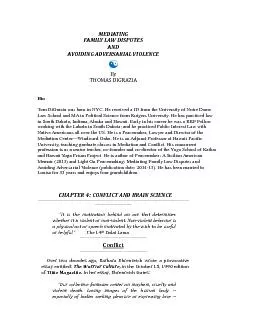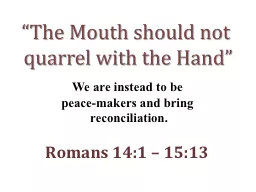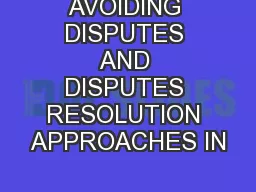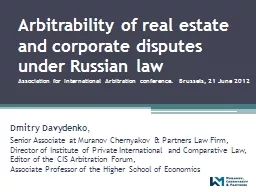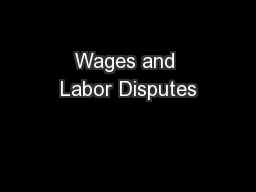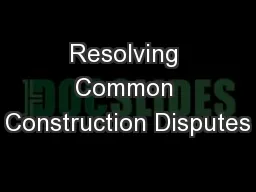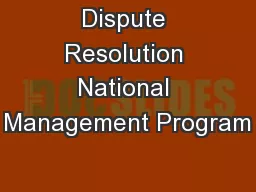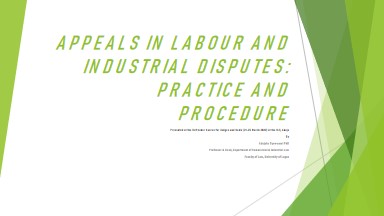PDF-FAMILY LAW DISPUTES
Author : briana-ranney | Published Date : 2015-09-12
MEDIATING AND AVOIDING ADVERSARIAL VIOLENCE xF05B By THOMAS DIGRAZIA Bio Tom D iGrazia was born in NYC He received a JD from the University of Notre Dame Law School
Presentation Embed Code
Download Presentation
Download Presentation The PPT/PDF document "FAMILY LAW DISPUTES" is the property of its rightful owner. Permission is granted to download and print the materials on this website for personal, non-commercial use only, and to display it on your personal computer provided you do not modify the materials and that you retain all copyright notices contained in the materials. By downloading content from our website, you accept the terms of this agreement.
FAMILY LAW DISPUTES: Transcript
Download Rules Of Document
"FAMILY LAW DISPUTES"The content belongs to its owner. You may download and print it for personal use, without modification, and keep all copyright notices. By downloading, you agree to these terms.
Related Documents

